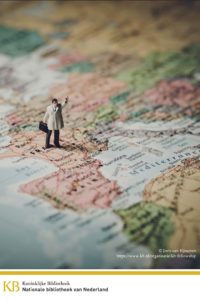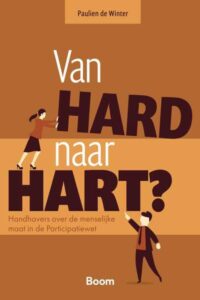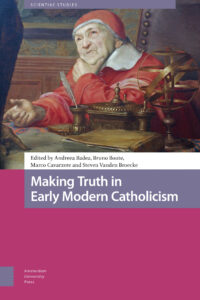About the lecture
‘Mijnbouw op terra incognita: Populaire voorstellingen van Europa in twintigste-eeuwse Nederlandse kranten’ is het verslag van zijn onderzoek in de data van zes gedigitaliseerde twintigste-eeuwse Nederlandse kranten. Hij vroeg zich af: iedereen heeft tegenwoordig wel een beeld van wat Europa is. Maar hoe was dat in het begin van de twintigste eeuw? Welke voorstelling had men toen van Europa? Kunnen we reconstrueren hoe die voorstelling er mogelijk uitzag? En hoe kunnen we dat doen? Kunnen de digitale geesteswetenschappen ons helpen dat beeld te voorschijn te brengen?
In zijn zoektocht neemt Joris van Eijnatten ons mee aan de hand van vier vragen, die hij stuk voor stuk beantwoordt en illustreert aan de hand van berichten uit de onderzochte kranten.
Beschikbaar als open access publicatie
Available as open access publication
About the author
Professor Joris van Eijnatten has been appointed as general director of the eScience Center, effective 1 January 2020. Van Eijnatten, is currently professor of Cultural History at Utrecht University. Prior to this, he was, among other things, full professor of Cultural History at VU University Amsterdam and a research fellow at the Royal Netherlands Academy of Arts and Sciences, the Institut für europäische Geschichte (Mainz, Germany). He is the author of several books and numerous journal and book articles and is a founder of the open-access International Journal for History, Culture and Modernity. He has published extensively in leading international peer-reviewed media, including Journal for the History of Ideas, International Journal of Intangible Heritage, Low Countries Historical Review and the Journal of Religious Ethics.



